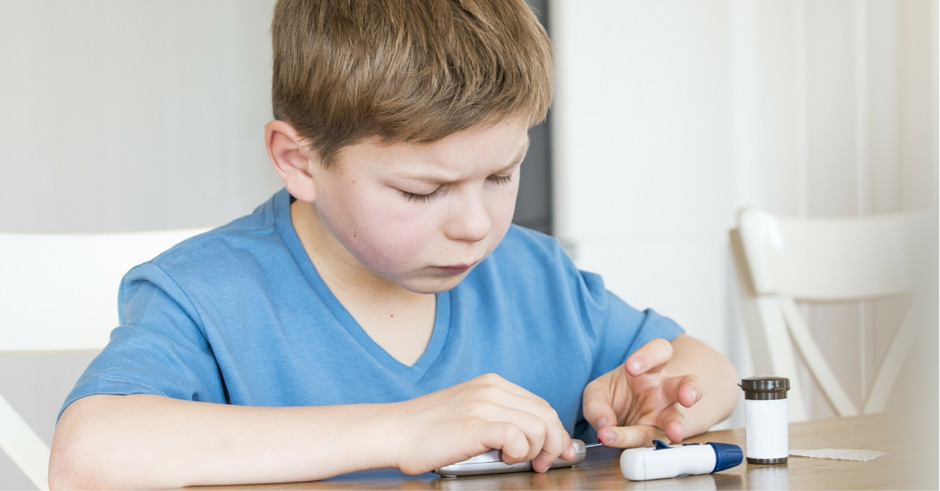Conjunctivitis is inflammation of the thin, clear tissue which lines the inner part of the eyelid and covers the white area of the eyeball. This condition is very common, but it can be highly contagious. Conjunctivitis can affect either one or both of the eyes.
Symptoms And Causes Of Conjunctivitis
The condition often presents with the following symptoms;
- The white area of the eyes appearing red or pink in colour. This is simply due to inflammation of the small blood vessels in the eyeballs.
- Feelings of soreness in the eye.
- Feelings of itchiness in the eye.
- Feelings of burning within the eye.
- Excessive watering of the eye.
- Sensitivity to bright lights (photophobia).
- Sticky discharge that is yellow or green in colour. This is usually worse on waking up. These secretions are infectious and must be handled with care to avoid further spread of infection.
Symptoms often appear within one to three days of becoming infected and can last anywhere between two days to three weeks.
Conjunctivitis can be caused by numerous factors such as;
- Bacterial infections. These infections often begin in one eye and then infect the other eye after one or two days. Fortunately, bacterial infections are usually mild and will clear up in under five days. Discharge is often thick and yellow or white in colour, and patients may suffer from sensitivity to bright lights. Bacterial conjunctivitis is contagious and is usually seen more in children than in adults. Antibiotic ointments can help treat the infection.
- Viral infections. Some of the viruses which can cause conjunctivitis are also responsible for causing colds, flu, and sore throats. These infections often begin within one eye, and then the second eye becomes infected within a few days. Viral conjunctivitis is highly contagious yet should clear up by itself within one to two weeks.
- Allergies to substances which include pollen and spores.
- Irritants, which include dust and chemicals.
- Wearing contact lenses overnight.
- Foreign bodies in the eye, such as sand.
- A blocked tear duct. This is more commonly seen in babies.
Treatment Of Conjunctivitis
As there are numerous causes of conjunctivitis, and many eye infections present with similar symptoms, it is important to get the correct diagnosis from your doctor. Treatment options are all dependent on the cause of conjunctivitis, however, the following self-care advice is suitable for all cases of conjunctivitis;
- Keep your eyes clean. Before bathing your eyes, wash your own hands thoroughly with antibacterial soap and dry well. Then clean away any discharge or crust using a disposable cotton swab which is wet with weak salt-water.
- Only use the swabs once then make sure to dispose of them properly. Gauze pads or disposable eye makeup removal pads are ideal for this purpose.
- Avoid using eye makeup until the swelling and redness in the eyes settle.
- If you are suffering from allergic conjunctivitis, avoid any allergic triggers by washing clothes and bedding frequently and close windows on high-pollen days.
Your doctor can also provide you with various medications to treat or manage your conjunctivitis. These are available in the form of eye drops, ointments and anti-histamines. To use eye drops or ointments which have been prescribed to you, gently pull down on the lower eyelid to make a pocket and tilt your head back so that you are looking upwards. You can now administer the appropriate amount of eye drops or run ointment along the lower eyelid. Make sure that the bottle or tube of medicine doesn’t touch your eye or fingers so that you can prevent the spread of conjunctivitis.
For more information on the symptoms, causes and treatment of conjunctivitis, speak to your doctor.




